X Marks the Spot
Expression regarding the target on maps
Whoof, this was a challenge. Not only are there no Japanese words starting with X, there aren’t really many in English either! I certainly don’t have any items with a xylophone or a xerox machine… My friend suggested “x-rated” and I did debate doing a post on erotic woodblock prints for a hot minute, but I’d rather keep this blog family-friendly!
So what was I to do? I racked my brain until I remembered this kimono I have with a vaguely x-shaped meisen design. It’s lovely, and I don’t use it nearly often enough in coordinations, so I figured what better time to feature it than today’s post?
I kept the rest of the outfit fairly simple and desaturated. The obi is pale enough that it contrasts nicely against the kimono but is definitely not the focal point. All the attention stays on the kimono. I pulled out accessories in soft tones from the obi to keep things subdued. Today’s outfit might be a bit of a stretch, but I think I pulled it off in the end. I’m happy with how it looks, even if it does only barely relate to the challenge.
Items used in this coordination
- Vintage Geometric Plum
- Taisho Beige Floral
- Reversible embroidery (side a)
- Pale Green Rinzu with Embroidery
- Mint with Gold


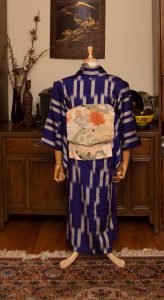
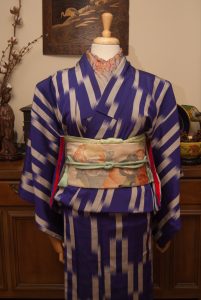
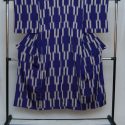
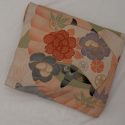
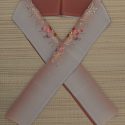
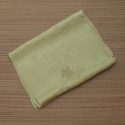


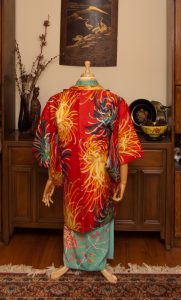
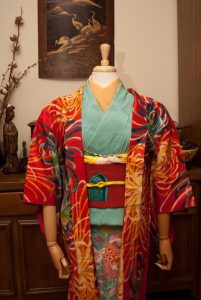
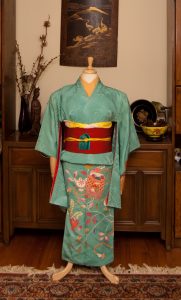
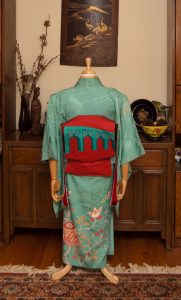
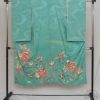

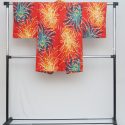
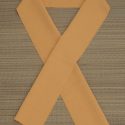
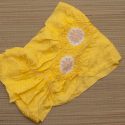
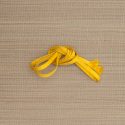
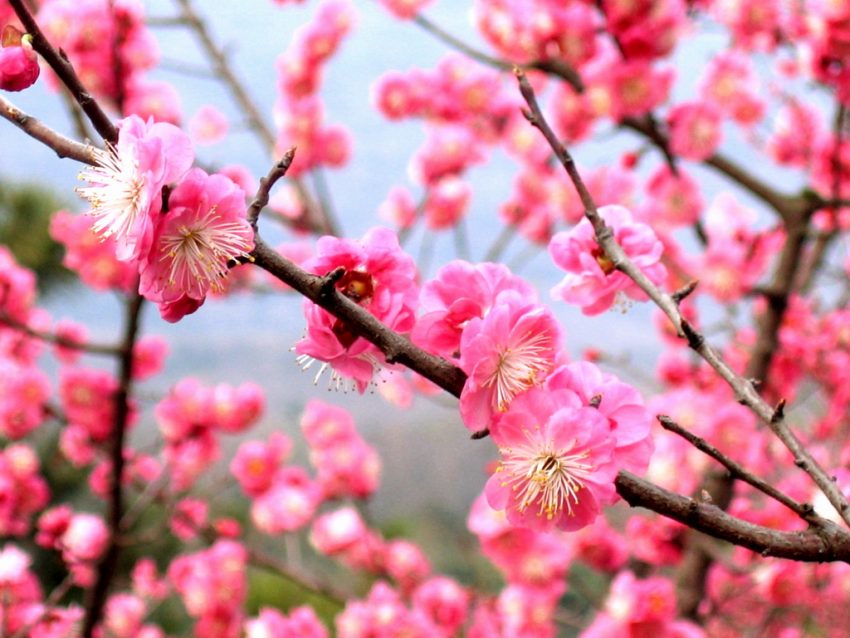
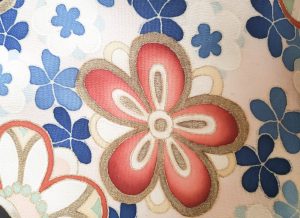
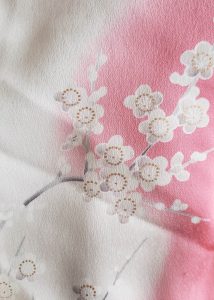
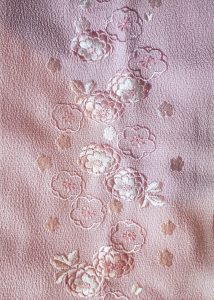
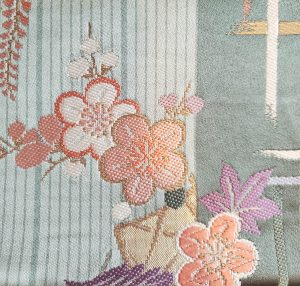
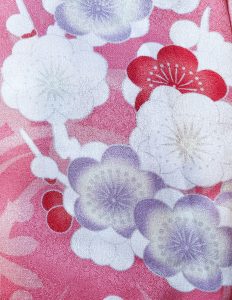
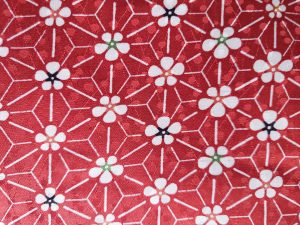
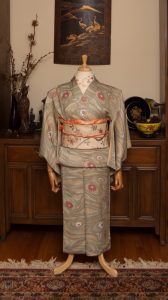
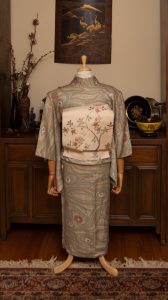
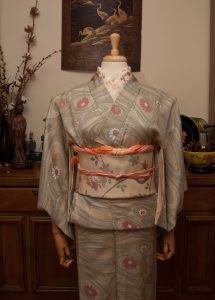
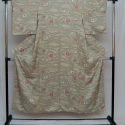
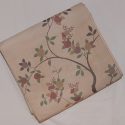

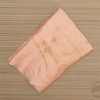
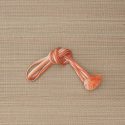











 Bebe Taian
Bebe Taian CHOKO Blog
CHOKO Blog Gion Kobu
Gion Kobu